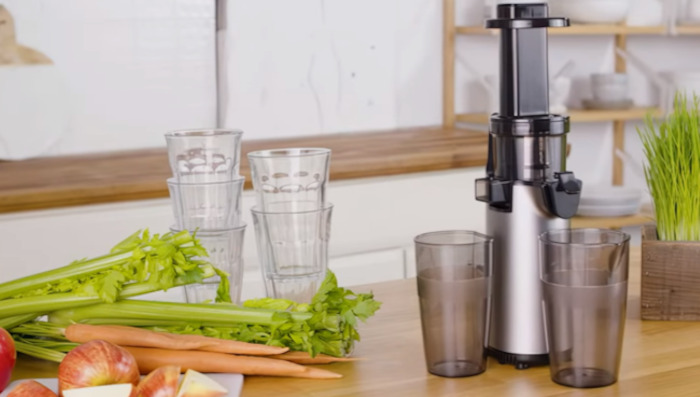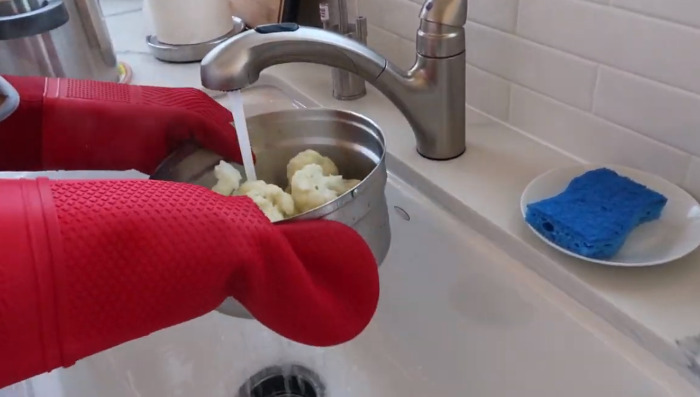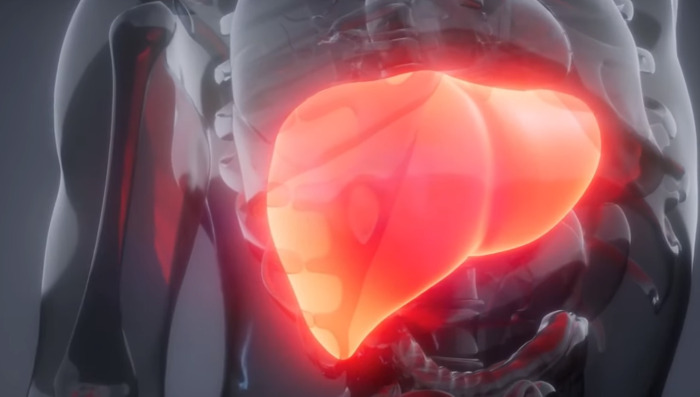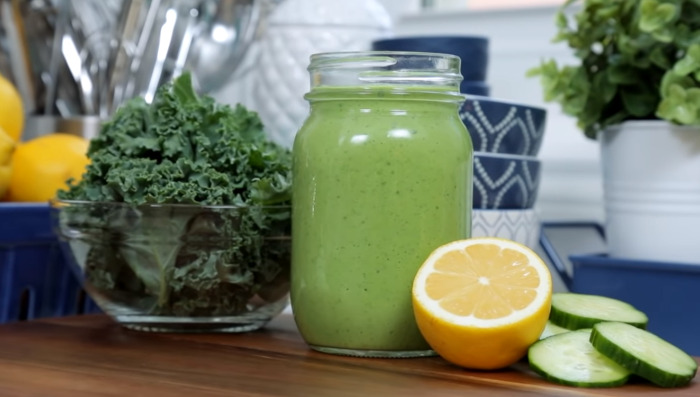Cauliflower is a versatile and nutrient-rich vegetable. It has been a staple in kitchens for generations. But have you ever considered juicing it? As a kitchen expert, I can tell you that juicing cauliflower is not only possible but also packed with health benefits.
In recent years, the trend of juicing vegetables has taken the culinary world by storm, and cauliflower is no exception. Its subtle flavor and unique texture make it a perfect candidate for juicing. In addition, it blends well with other fruits and vegetables.
But what makes cauliflower juice so special? Is it just a fad, or does it have real health benefits? And how exactly do you juice this cruciferous vegetable? In this guide, we’ll explore these questions and more. We’ll provide you with everything you need to know about cauliflower juice.
Whether you’re a seasoned chef or just starting your juicing journey. This guide will offer actionable insights and clear instructions. So grab your juicer, and let’s dive into the world of cauliflower juice!
Recipe to make Cauliflower juice:
Ingredients:
Cauliflower juice can be enjoyed on its own. Or we can mix it with other ingredients for a flavorful and nutritious drink. Here are some common ingredients you can use to create delicious cauliflower juice recipe:
- Cauliflower: One medium-sized head, washed and cut into florets.

- Carrots: Three medium-sized, roughly chopped. They add sweetness and vibrant color.
- Apples: One or two, depending on taste preference. Apples add a natural sweetness.
- Ginger: A one-inch piece, peeled. It gives a spicy kick and boosts metabolism
- Beets: One medium-sized beet, peeled and chopped. Beets enhance blood flow.
- Cucumber: Two medium-sized, for a refreshing twist.
- Lemon: A 2 cm slice or to taste, for a tangy flavor.
- Courgette: Half of a medium-sized courgette, for added nutrients.
- Broccoli: Two good-sized florets or a 2cm stem, for extra vitamins and minerals.
- Cilantro: To taste, for a fresh herbal note.
These ingredients can be mixed and matched to create various combinations that suit your taste buds. Whether you’re looking for a detoxifying drink, a weight loss aid, or just a tasty beverage. These ingredients provide a solid foundation for making your cauliflower juice.Feel free to experiment and find your favorite blend!
Equipment
Creating the perfect cauliflower juice requires some essential kitchen equipment. Here’s what you’ll need:
- Masticating Juicer: Ideal for extracting the maximum liquid from cauliflower, preserving valuable nutrients.

- Blender: An alternative to a juicer. Especially if you want a denser and more concentrated liquid.
- Strainer: To remove any unwanted pieces and achieve a smooth consistency.
- Knife: For chopping the ingredients into reasonable chunks.
- Cutting Board: To prepare and chop the ingredients.
- Glass or Container: To catch and serve the juice.
- Cheesecloth(Optional): If you want to strain the juice further for a finer texture.
These tools will help you create delicious and healthy cauliflower juice with ease. Whether you’re a seasoned juicer or a beginner, having the right equipment on hand will make the process smooth and enjoyable.
Step-by-step instructions to make cauliflower juice:
Step 1: Selecting the Right Cauliflower: When making cauliflower juice. It is essential to choose fresh and creamy cauliflower. Look for a firm head with tightly packed florets and bright green leaves. Avoid any with brown spots or loose florets. The freshness of the cauliflower will impact the taste and nutritional value of the juice.
Step 2: Washing and Cutting: Wash the cauliflower thoroughly under cold running water to remove any dirt or pesticides. Cut it into small florets, including the stems and leaves if desired. The smaller the pieces, the easier it will be to juice.

Step 3: Choosing the Right Equipment: A masticating juicer is the best option for juicing cauliflower. As it can squeeze out the maximum liquid without losing valuable nutrients. If you don’t have a masticating juicer. A blender can be used as an alternative, although the texture may be denser.
Step 4: Juicing Process: Place the cauliflower florets into the juicer or blender. You may need to add a cup of water to help with the blending process if using a blender. Juice or blend until completely smooth. If you find the taste bland, mix the juice with other fruits and vegetables like carrots or oranges to enhance the flavors.
Step 5: Straining (If Using a Blender): If you’ve used a blender. You’ll want to strain the mixture through a fine strainer or cheesecloth to remove the pulp. This step ensures that you get a clear and hydrating juice.
Step 6: Flavoring: Add a little lemon juice or a pinch of salt to taste. Experiment with different flavorings to find what you enjoy best. Remember, the taste of cauliflower is subtle, so it pairs well with various ingredients.
Step 7: Serving and Enjoying: Pour the freshly prepared cauliflower juice into a glass and enjoy immediately. Cauliflower juice is best consumed fresh to retain its nutritional benefits and flavor.
Can You Juice Cauliflower Leaves?
Yes, you can juice cauliflower leaves! While most people remove the leaves surrounding the cauliflower. These green parts are very much edible and suitable for juicing. They’re a bit more bitter than other leafy greens, resembling kale in taste but they’re nutritious and can be a fantastic addition to your juice.

If the strong flavor is a concern, you can balance it by blending the leaves with other ingredients. Juicing cauliflower leaves is an innovative way to utilize every part of the vegetable. Yet, reducing waste and adding a unique twist to your healthy drink. So next time, don’t throw those leaves away; instead, give them a try in your juicer or blender.
What are the health benefits of Cauliflower juice?
Cauliflower juice, though not as common as other vegetable juices, offers a wide array of health benefits. Consider trying it out and enjoy the many advantages it brings to your health.
Immunity Boost:
Rich in vitamin C, cauliflower juice acts as a powerful antioxidant that strengthens the immune system. Drinking this juice regularly can help protect your body from diseases and infections, making it a natural defense booster. It’s a tasty way to keep your immune system in top shape.
Weight Loss:
Low in calories and high in fiber, cauliflower juice can be an excellent drink for weight loss. It helps reduce appetite and promotes feelings of fullness, aiding in calorie control throughout the day. If you’re looking to shed some pounds, adding cauliflower juice to your diet might be a wise choice.
Digestive Health:
Cauliflower juice is a rich source of dietary fiber, which aids in digestion. Regular consumption can prevent constipation. Moreover, it reduces inflammation in the gut, and promotes the growth of healthy gut bacteria. It’s a simple way to maintain a healthy digestive system and can be a key part of a balanced diet.

Healthy Skin:
The antioxidants and vitamin C in cauliflower juice protect the skin from damage caused by free radicals. Regular consumption can reduce inflammation and prevent signs of aging, leading to healthier and more youthful skin. It’s a natural way to care for your skin from the inside out.
Cholesterol Reduction:
Cauliflower juice contains compounds called sterols, known to help lower cholesterol levels. Regular drinking can help lower LDL (bad) cholesterol levels, contributing to improved heart health. It’s a heart-friendly option that can be part of a healthy lifestyle.
Detoxification Support:
Cauliflower supports natural liver detoxification processes. Drinking its juice can help your body eliminate harmful toxins, supporting overall health and wellness. It’s a refreshing way to cleanse your system and feel rejuvenated.
Cauliflower Juice Nutritional Value
Cauliflower juice is not just a refreshing drink but also a nutritional powerhouse. Here’s a breakdown of the nutritional value per 100g of cauliflower juice:
Calories: 25 kcal
Protein: 1.9g
Total Fat: 0.3g
Carbohydrates: 5g
Dietary Fiber: 2g
Sugars: 2.4g
Vitamin C: 48.2mg (80% of the daily recommended value)
Vitamin K: 15.5µg (20% of the daily recommended value)
Folate: 57µg (14% of the daily recommended value)
Vitamin B6: 0.2mg (10% of the daily recommended value)
Potassium: 299mg (9% of the daily recommended value)
Manganese: 0.16mg (8% of the daily recommended value)
Magnesium: 15mg (4% of the daily recommended value)
Iron: 0.4mg (2% of the daily recommended value)
Calcium: 22mg (2% of the daily recommended value)
Cauliflower juice is a low-calorie option packed with vitamins and minerals. It’s particularly rich in Vitamin C, Vitamin K, and Folate, making it a nutritious choice for those looking to boost their overall health. Whether you’re juicing it alone or blending it with other fruits and vegetables. Cauliflower juice can be a valuable addition to your diet.
Conclusion:
Cauliflower juice is more than just a culinary trend. It’s a nutritional powerhouse that offers a wide array of health benefits. From its rich vitamin and mineral content to its potential role in weight loss and digestive health, this unique juice is worth exploring. Whether using a masticating juicer for a clear and hydrating juice or a blender for a more concentrated liquid. You have options to suit your preferences.
Even the leaves can be juiced, adding to the versatility of this cruciferous vegetable. With recipes that can be tailored to your taste. Incorporating cauliflower juice into your diet is a simple and tasty way to boost your overall well-being. It’s a creative and nourishing addition to any kitchen. However, reflecting the innovation and health-conscious approach of modern culinary practices.
FAQs:
Is it OK to eat raw cauliflower?
Yes, eating raw cauliflower is not only safe but also nutritious. It retains more vitamins and antioxidants when consumed raw compared to when it’s cooked. Raw cauliflower can be a crunchy and satisfying addition to salads. Moreover, you can serve it with dips as a healthy snack. However, if you have a sensitive digestive system. You should limit your intake as it can cause gas or bloating in some individuals.
Is cauliflower juice good for you?
Yes, cauliflower juice is good for you. It’s packed with essential nutrients like vitamins, minerals, and antioxidants. Drinking cauliflower juice can boost your immune system, aid in digestion, and even help with weight loss. It’s a low-calorie option that can be a nutritious part of a balanced diet. However, moderation is key. As excessive consumption may lead to digestive discomfort for some individuals.
Related Read: How To Make Broccoli Juice?







